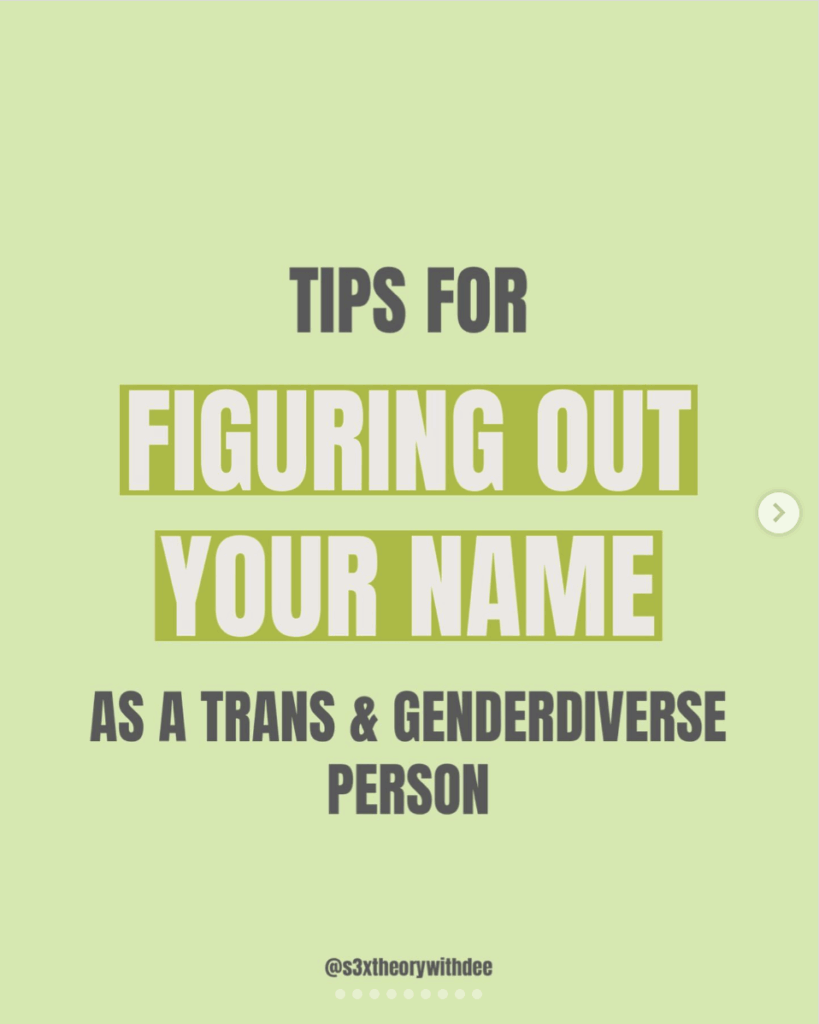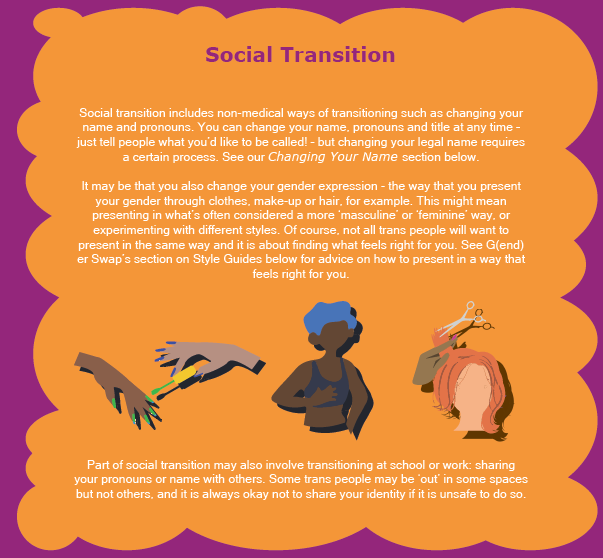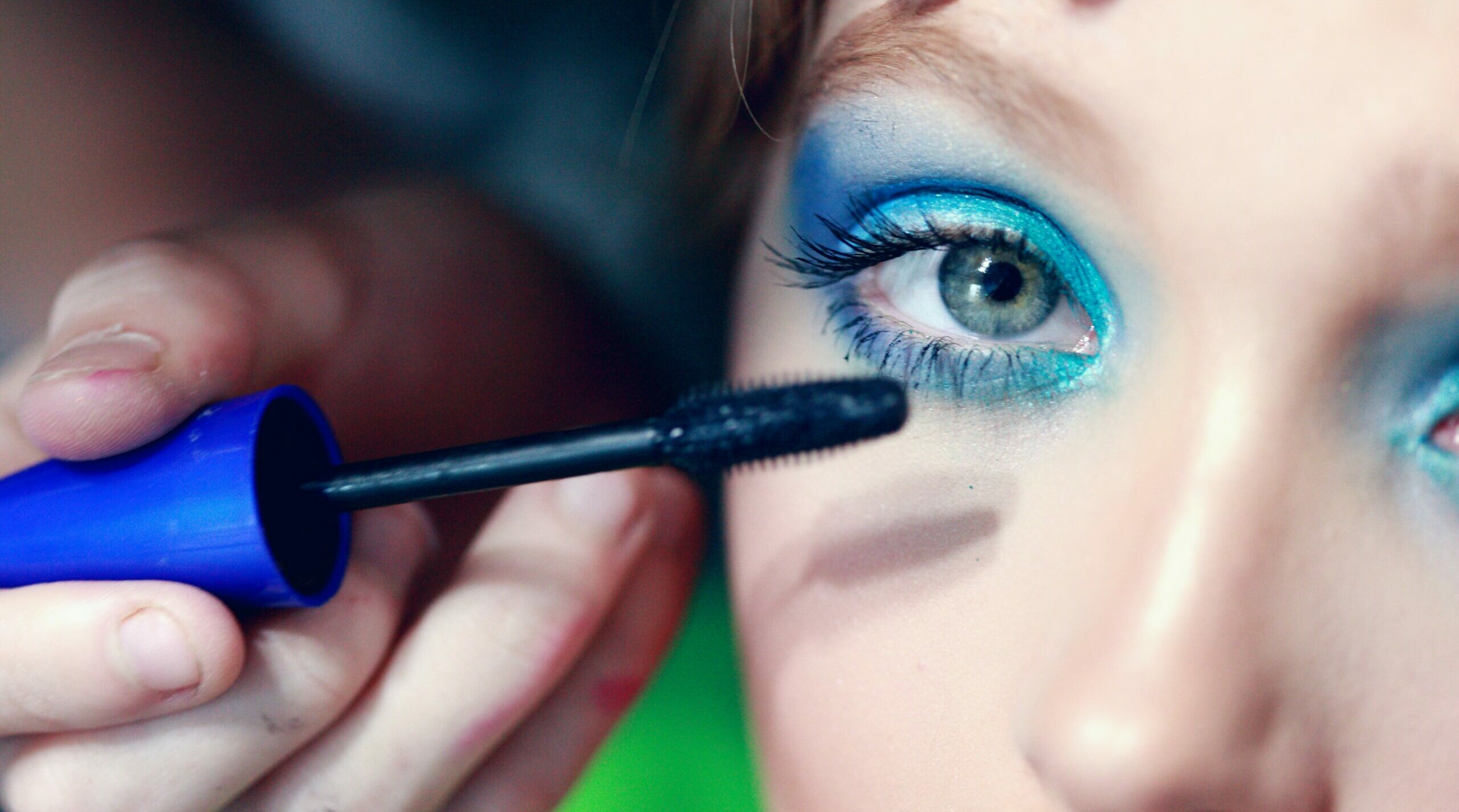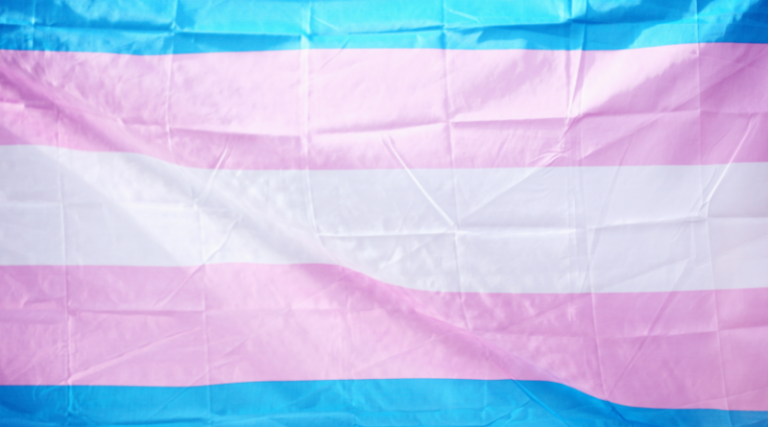What is social transitioning?
Every person who socially transitions has an experience unique to them – here we explore social transitioning and what it might involve
Social transitioning is when someone whose gender doesn’t conform with their birth-sex changes how they express themselves outwardly. This can include changing your name, your pronouns, your clothes, and any part of your appearance (make-up, hairstyle, etc.). It may also affect who you feel most comfortable around, who you spend time with, and what interests you go on to develop.
Every person’s social transition is unique to them. Some people may socially transition from male-to-female or vice-versa, and some may socially transition outside of this binary. This is often referred to as non-binary.
There are many different genders to identify with, and just as many ways you might choose to express yourself. For some people, transition may begin and end with socially transitioning, but for others this might look a little different. For example, they may medically transition too.
Some people don’t want to socially transition at all, and that’s completely valid. Whether you want to socially transition or not is entirely your choice, and does not make you ‘more’ or ‘less’ trans+.
It’s important to remember that your gender is defined by you, and not by other people! Transitioning is a journey of self-discovery, so exploring what makes you comfortable is part of the process.
Trying out different names and pronouns can take some time, and it may take a few tries to figure out your identity and what labels you want to use. Try not to worry if you don’t get it ‘right’ immediately, or even multiple times! This is all part of the process of learning about yourself and your identity.
Dee has some tips to share, having changed their own name:

How do you start social transitioning?
Socially transitioning can be very helpful in alleviating gender dysphoria and helping a trans+ person feel more comfortable, but it can also be dangerous in transphobic environments.
If you’re trans+ and seeking to begin your social transition, the most important first step is to find support to help you. This could be a family member, close friend, or a group of friends. What’s important is that you’re comfortable being yourself around them.
If you’re in an environment where sharing your identity doesn’t feel safe or comfortable, or you don’t have anyone you can safely talk to, there are places you can go for support (see our list below).
Remember that your identity is valid, whether you’re able to begin transitioning or not, or whether you even want to socially transition or not.
Once you have support in place, it’ll be safer to try out new names, pronouns, and other expressions of gender identity.
People may not always get it right 100% of the time, and may need reminding sometimes. It can feel really difficult and uncomfortable to hear incorrect names, pronouns or anything else. There are some tips in this personal blog piece on socially transitioning.
It might help to remember that if people around you make mistakes, if they’re trying to correct themselves and get it right, the ‘trying’ shows that they care about you and respect your identity.

How can you support someone who wants to socially transition?
If you’re not trans+ yourself but want to support someone who is, remember that the most important part is respecting their wishes and identity. It may be difficult, but try to correct yourself if you call them by the wrong name or pronouns. So long as you really try to help, it’ll be appreciated.
The most helpful and important thing you can do is be respectful. Listen to their wishes and try your best. If you’re not quite sure what their gender or pronouns are, just ask! It can’t hurt, and it will show the other person that you’re making an effort.
Mira, she/her
This article is part of our “Am I Trans?” Translating Sex, Identity & Relationships content series: supporting trans+ young people to access sex and relationships education that is relevant to their experiences and needs. Discover the full series here.
We use the term trans+ in our articles as an umbrella term intended to incorporate all transgender, non-binary, agender and genderfluid identities.
Some of the content addresses potentially triggering topics, such as transphobia and gender dysphoria. We’ve added specific content warnings to these pieces, but please take a moment to check in with yourself and how you’re feeling before diving into the series.
Other support
- Discover the full series
- Support & resources for trans+ young people
- Switchboard helpline – for anyone, anywhere in the country, at any point in their journey to discuss anything related to sexuality and gender identity
- Gendered Intelligence – Knowledge is Power resource for young trans+ people
Read more
Last Reviewed 22 April 2024
Image Credit: Alexander Grey via Unsplash







